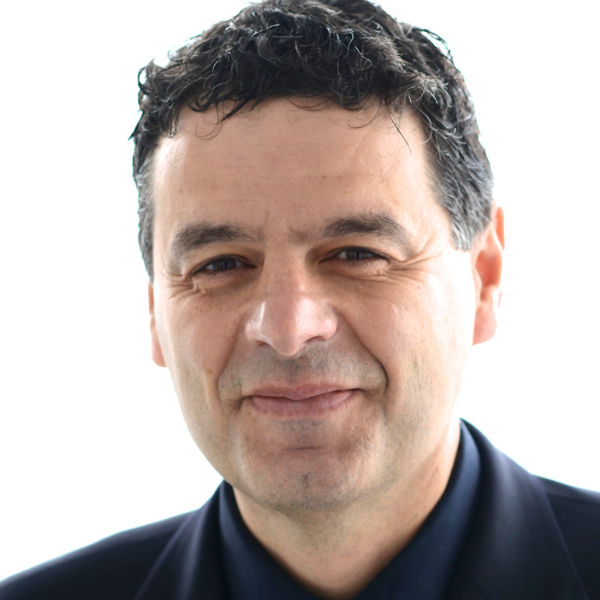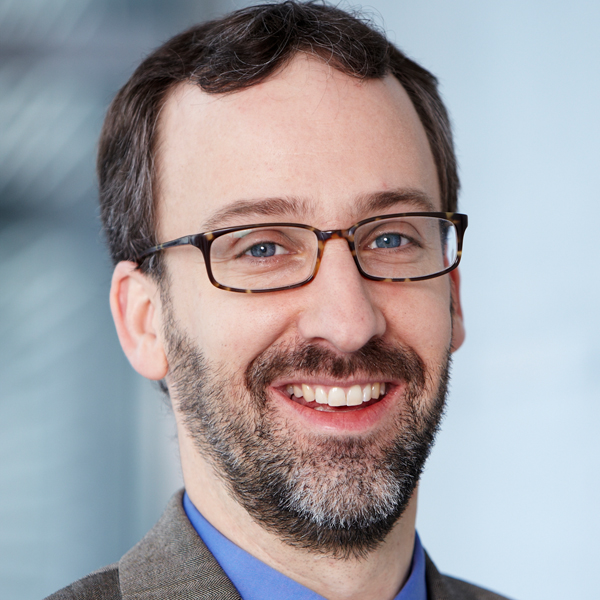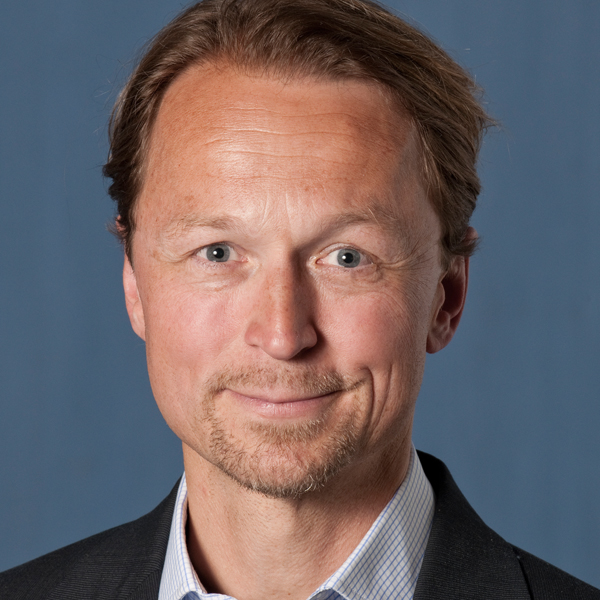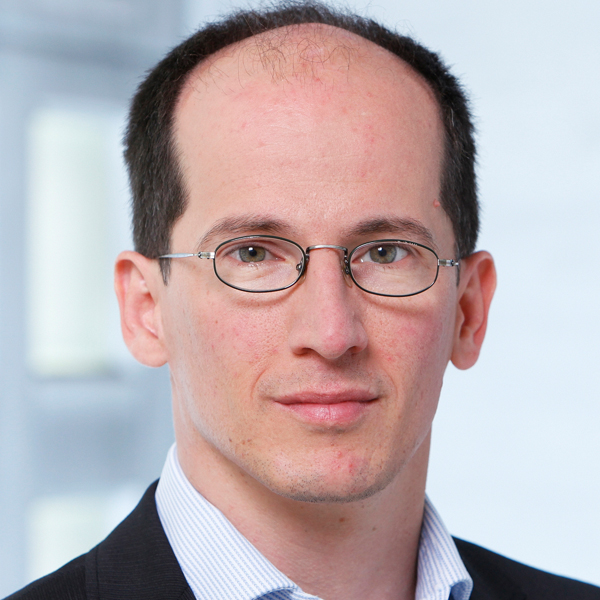Of spasers and chimeras
This year, the European Research Council (ERC) has awarded the ERC Advanced Grant to five researchers at ETH Zurich. Each researcher will receive between CHF 3 million and CHF 4 million for their project. The ERC Advanced Grant is regarded as a special award.
The European Research Council had to choose the best from no less than 2,400 projects. Happily, the winning researchers, who receive an ERC Advanced Grant, include five from ETH Zurich. ETH Life presents the five award-winning ERC projects:
Chimera of photons and electrons

Jérôme Faist (*1962) from western Switzerland has been a professor at the Institute for Quantum Electronics at ETH Zurich since 2007. In his project, he wants to develop new quantum structures using micro and nano-production technology. It involves a kind of chimera of quantum mechanics: a structure that moves like photons, but interacts like electrons. Faist wants to investigate how abrupt changes in boundary conditions can make ‘virtual photons’ into ‘real photons’, which display behaviour that has not been possible to explain so far. The project aims to enable quantum-optical experiments in the terahertz spectral range. The researcher wants to use these experiments to predict and investigate advanced states of graphene. However, Faist is aware that he has a lot of work to do: “I am very happy about the ERC grant, but financing the project is only the first part –it comes with the responsibility of achieving excellent results.”
Computing fluid dynamics

Petros Koumoutsakos (*1963) has been a full professor of Computational Science in the Department of Mechanical and Process Engineering (D-MAVT) since 2000. His group researches the fundamentals as well as the interfaces of supercomputing, mathematics, fluid mechanics and life sciences. In his ERC project, he wants to carry out unprecedented multiscale simulations of flow-structure interactions in nature. The spectrum of these simulations ranges from fish schools to metastasising cancer cells that spread via blood vessels. The findings can lead to a better understanding of fundamental flow related physical phenomena. The expected results could be used to improve systems as diverse as wind energy parks and the delivery of drug carrying nanoparticles for cancer therapy.
Nano light sources for optical applications

David J. Norris, a 45-year-old American, has been a professor of materials engineering since 2010, and is also director of the Optical Materials Engineering Laboratory in the Department of Mechanical and Process Engineering (D-MAVT). Norris explores nanomaterials and attempts to create materials with new and useful optical properties. In his ERC project, he is trying to develop what is known as a spaser. In a similar way in which a laser intensifies light, a spaser amplifies special electromagnetic waves on the surface of metals. These waves – called plasmons – can concentrate light within very small volumes in a way that is otherwise not possible. Thus, a spaser has the distinct advantage of being able to create light sources that are shorter than the wavelength of visible light. Such nanoscale light sources are potentially useful in a number of optical applications; for example, in sensors or solar cells. “I am very honoured to receive the ERC grant. However, it’s also a little intimidating: we’ve taken on a very formidable challenge – now we have to see it through!” enthuses Norris.
Freezing particles

Lukas Novotny (*1966) studied and completed his PhD at ETH Zurich and worked at the University of Rochester (US) until last year, when he returned as professor of photonics to ETH Zurich. In his ERC project he is studying the dynamics of a nano particle floating freely in a vacuum chamber fixed by laser light. By modulating the light, the movement of the particle can be frozen. “We’ve already shown that a nano particle can be cooled to a temperature of 50 milliKelvin using laser light. The next goal is to move into the microKelvin range,” says Novotny. However, the laws of quantum mechanics rule out an absolute standstill for the particle and limit the precision with which it can be measured. The aim of the project is to research the transition between classic mechanics and quantum mechanics using a macroscopic object – in this case, a quartz particle. The resulting accuracy could significantly improve sensor technology in the future.
Connecting quantum chips

Andreas Wallraff (*1971) came to ETH Zurich from Yale University as an assistant professor in 2006 and has been a full professor since 2012. In 2009, he received an ERC Starting Grant. From 2014, Wallraff will be using the funds awarded to him by the Advanced Grant to investigate ways of developing networks for computers that operate on the basis of quantum physics: quantum computers. The technology is based on integrated electronic circuits that use superconductive materials, and in which information is processed at microwave frequencies. The project focuses on the development of networks that can connect individual quantum chips at distances ranging from a few centimetres to several metres. The scientist and his colleagues expect to be able to use these systems to solve complex problems and investigate the underlying properties of quantum physics.
Comments
No comments yet